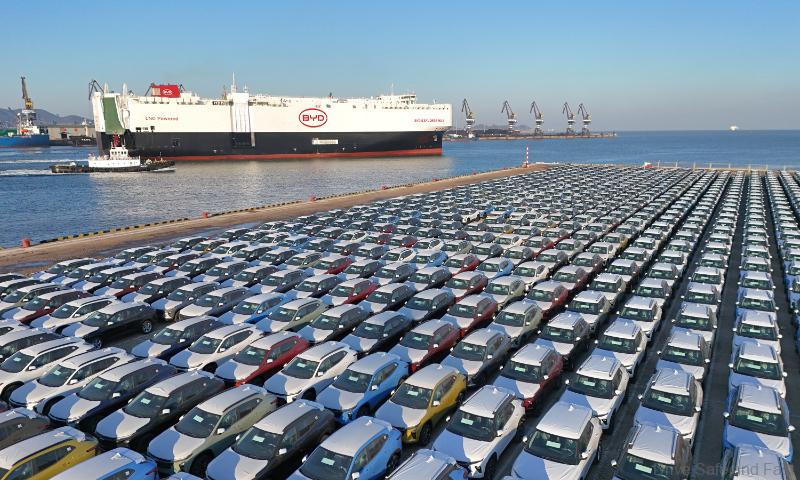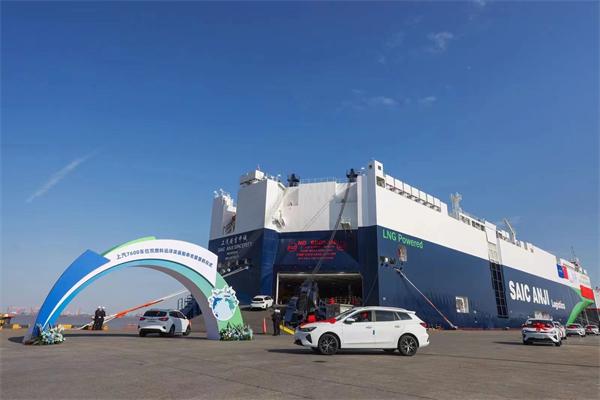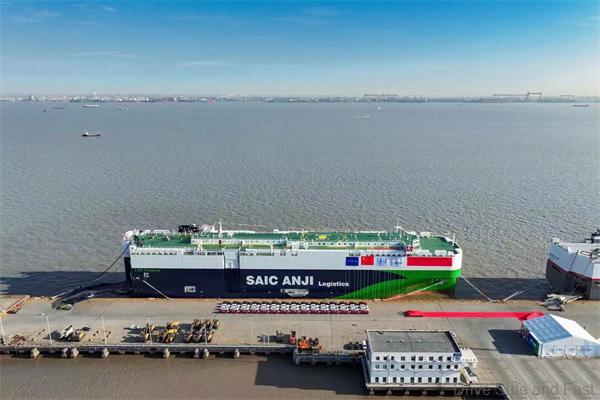Two Chinese automotive giants, SAIC and BYD recently unveiled their sea-based car carriers.
Unless you’re running a very heavily state-reliant car company, the goal is to eventually export and to rely on export sales for growth and higher profitability. This is true in every country including China. For years, Chery has been the only brand that consistently puts an emphasis on export markets but now things are changing. Both BYD and SAIC have put so much into their export plans for 2024 and beyond that they’ve both have their own ships to do the job!

BYD is the leading non-Tesla authority on electric vehicles selling more “plug-in” vehicles (but not more pure battery electric vehicles) than the American company. SAIC is one of the traditional “Big Four” Chinese car companies and already has a pretty solid export market with brands such as MG under their belt. Both brands recently unveiled their respective “Roll-On Roll-Off” or RO-RO ships, which are both targeted mainly at Europe where electrification is picking up “steam”. Interestingly, both RO-RO ships uses dual fuel propulsion systems, likely to lower the overall carbon footprint of each EV exported to Europe, where these sort of metrics are measured and shared with the consumer.

BYD Explorer 1
The BYD Explorer 1 was built by Guangzhou Shipbuilding International, a subsidiary of China State Shipbuilding Corporation. It has a capacity of 7,000 vehicles. It runs on a dual-fuel system with liquefied natural gas (LNG) and a battery and shaft generator helping to cut the ship’s emissions. Other measures, such as anti-fouling paint and a drag reducing design help to improve its energy use. It is 199.9m long, 38m wide and can travel at up to 18.5 knots or 34.3km/h. More of these are being constructed with the aim of having a fleet of 10 of its own shipping vessels with an investment of 5 billion yuan.
SAIC Anji Shencheng
The SAIC ship is also built by China State Shipbuilding Corporation and but is larger with a capacity of 7,600 vehicles. It also runs on a dual fuel system which features not just LNG but also low sulphur fuel oil, allowing for 30% fewer CO2 emissions than a typical ship of this size. It too is about 200m long and 38m wide.


